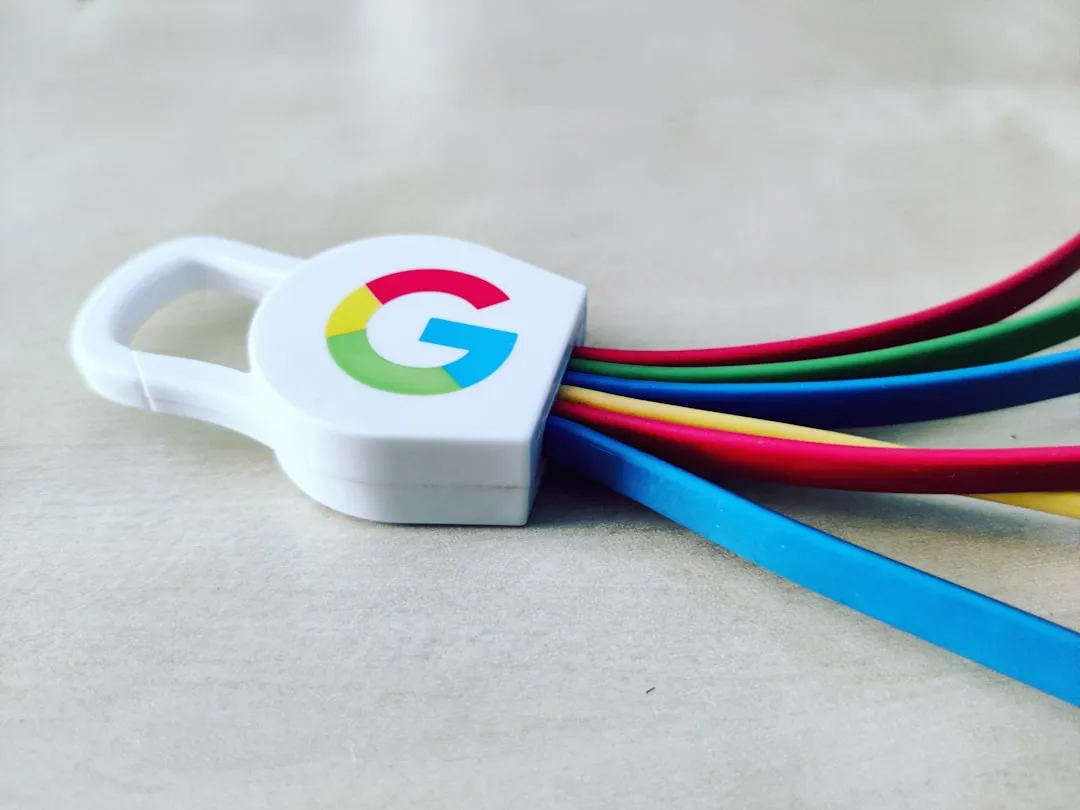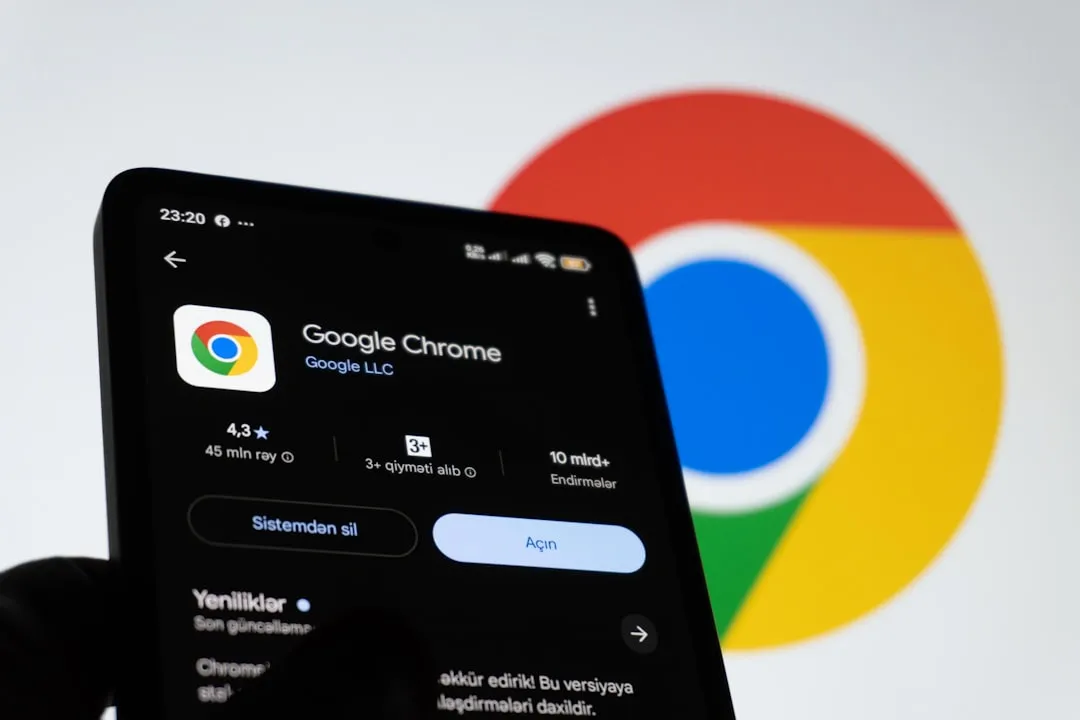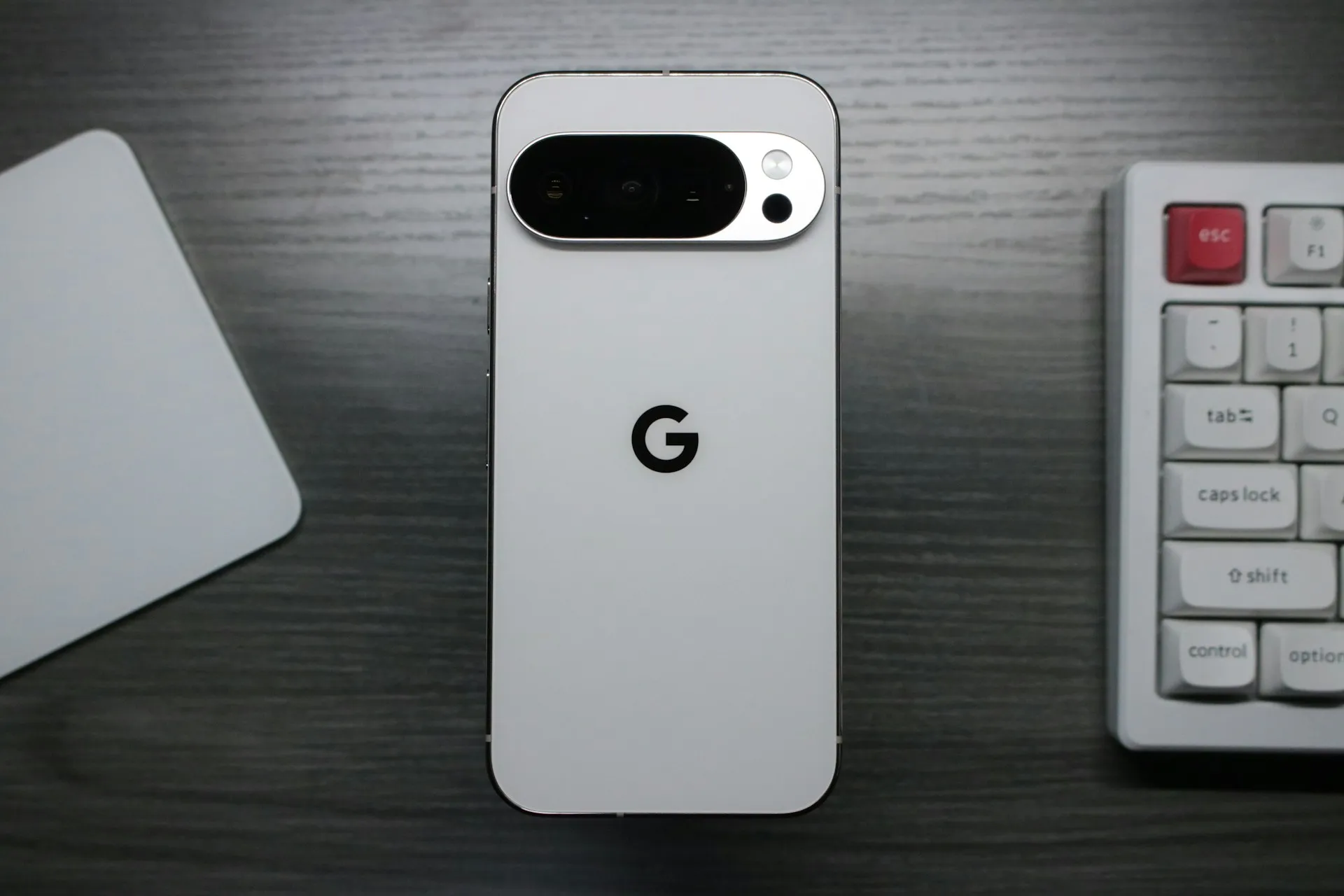Reviewed by Julianne Ngirngir
Google's latest Tensor G5 chip is making waves as the company's boldest silicon gamble yet, and there's a fascinating story unfolding beneath the surface that goes way beyond the polished marketing presentation. Android Authority confirms that this new chip is manufactured using TSMC's cutting-edge 3nm N3E process, finally putting Google in the same manufacturing league as Apple's A18 and Qualcomm's Snapdragon 8 Elite. With the Pixel 10 Pro set to be officially revealed on August 20, we're getting our first real look at what Google's been quietly developing—and why this timing signals their confidence in competing directly with premium flagships. While Google claims the CPU delivers 34% faster performance on average compared to the Pixel 9's chip, the complete picture reveals some intriguing compromises and strategic choices that show us exactly where Google's smartphone priorities really lie.
What makes this Google's first "true" in-house chip?
Here's what makes the Tensor G5 genuinely different from its predecessors: this chip, codenamed "Laguna Beach," represents Google's first SoC built from the ground up without Samsung's Exynos blueprint. Previous Tensor generations were essentially hybrid creations, combining Google's custom AI blocks with Samsung's existing designs and 4nm manufacturing processes. This time around, Google has partnered with TSMC's advanced 3nm N3E process, which should deliver significantly better efficiency and thermal performance compared to the G4's Samsung 4nm foundation—addressing the supply chain vulnerabilities and manufacturing constraints that have limited Google's chip ambitions.
The CPU architecture itself tells an interesting story about Google's measured approach to performance scaling. The Tensor G5 features a single Cortex-X4 core running at 3.78GHz, five Cortex-A725 cores at 3.05GHz, and two Cortex-A520 efficiency cores at 2.25GHz. What's particularly revealing is Google's conservative choice to stick with proven ARM architectures rather than jumping to the latest designs—a decision that prioritizes stability and driver maturity over bleeding-edge performance claims.
Now here's the nuance worth understanding: while Google is marketing this as their first fully "in-house" chip, they're still working with several third-party companies for various components of the G5. The fundamental difference is that Google now controls the overall design vision, integration priorities, and optimization targets rather than adapting someone else's blueprint to their needs. This architectural independence gives them the freedom to emphasize AI processing and camera capabilities over raw gaming performance.
How does the performance actually stack up?
Let's dig into the numbers that didn't make it into Google's keynote slides, because they paint a more nuanced picture than the company's optimistic marketing claims. According to leaked Geekbench 6 CPU results, the Tensor G5 in the Pixel 10 XL managed 2,296 points in single-core tests and 6,203 points in multicore benchmarks. To put that in perspective against current flagship competition, the Samsung Galaxy S25 Ultra with its Qualcomm Snapdragon 8 Elite scored 2,867 points in single-core and 9,491 points in multicore tests.
What's encouraging is how these numbers demonstrate meaningful generational progress for Google's silicon efforts. The Tensor G5 shows a solid 22% improvement over its predecessor in single-core performance, but it's still running about 20% behind the Samsung flagship. The multicore story reveals even more about Google's architectural trade-offs: while the Tensor G5 delivers a respectable 43% boost over the G4, it's still lagging roughly 35% behind the Snapdragon 8 Elite.
Bottom line: you're getting meaningful improvements from the previous generation that should make daily tasks feel snappier, but don't expect flagship Snapdragon-level performance for demanding gaming or intensive productivity workloads. This performance positioning suggests Google is targeting users who prioritize camera quality, AI features, and battery efficiency over maximum benchmark scores.
The GPU situation gets complicated
Here's where things take a surprising and somewhat concerning turn that reveals the challenges of switching hardware partners mid-development cycle. Google has completely switched GPU vendors, moving from ARM's Mali architecture to Imagination Technologies' IMG DXT-48-1536 GPU, which includes support for ray tracing and GPU virtualization. On paper, this partnership with Imagination Technologies represents Google's bet on more advanced graphics capabilities, but the transition appears far from smooth.
The early performance results are genuinely alarming and suggest Google may have underestimated the complexity of this GPU transition. The Pixel 10 Pro's GPU managed only 3,707 points in Geekbench 6's Vulkan category, while last year's Pixel 9 Pro delivered more than twice that performance. Even more concerning for anyone planning to use graphics-intensive apps, the Pixel 10 Pro's GPU was running at just 396MHz instead of its intended 1,100MHz default speed, and the PowerVR DXT hardware supports Vulkan 1.4, but the Pixel 10 Pro's drivers are stuck at the older Vulkan 1.1 standard.
This driver immaturity could impact everything from mobile gaming performance to AR applications and even basic UI animations. Google clearly has significant optimization work ahead to realize the theoretical benefits of their new GPU partnership before the final retail release.
What about the AI and efficiency improvements?
This is where Google's strategic priorities become crystal clear, and honestly, it's where the Tensor G5 story gets genuinely exciting for users who care more about intelligent features than raw benchmark bragging rights. Google claims that the fourth-generation TPU delivers up to 60% more AI processing power compared to the previous version, which perfectly aligns with Google's vision of smartphones that anticipate and assist rather than just compute faster. The Tensor Processing Unit has been significantly evolved—likely made larger—to handle faster on-device machine learning tasks without requiring cloud connectivity or compromising privacy.
The camera processing improvements could be the real game-changer for photography enthusiasts. The image signal processor is now completely custom-designed, managing everything from initial capture through final processing, which means Google can optimize the entire imaging pipeline for their computational photography algorithms rather than working around generic ISP limitations.
The efficiency gains from the 3nm manufacturing process should translate into tangible daily benefits that users will actually notice. The 3nm node provides approximately 30% power savings compared to 5nm technology, which could extend typical usage from a day and a half to nearly two full days of battery life. Heat management has also received serious engineering attention, which was desperately needed since thermal issues have been responsible for about 28% of Pixel returns. This reliability improvement alone could significantly enhance the user experience during extended photo sessions or intensive AI processing tasks.
Where Google is really placing its bets
The Tensor G5 tells a remarkably clear story about Google's smartphone philosophy: they're not interested in winning benchmark wars, they're focused on winning the AI-powered mobile experience of the future. Google's signature AI features—Magic Editor, Call Screen, Pixel Studio, Pixel Screenshots, and Gemini integration—should all run significantly faster thanks to the enhanced TPU, making these tools feel more responsive and capable of handling complex requests in real-time. The fully custom ISP could deliver meaningful improvements to low-light photography and video stabilization, areas where computational photography continues to outpace traditional sensor improvements.
The chip also enables practical user conveniences that demonstrate Google's attention to the complete mobile ecosystem. Features like Qi2 wireless charging standard support and improved PWM dimming rates for better display quality show that Google is thinking beyond just the processor to deliver a more refined overall experience.
While Google Tensor SoCs have never competed on raw performance benchmarks, the Tensor G5 represents Google's most confident bet yet that smartphone users are ready for a different kind of performance optimization—one that prioritizes intelligent assistance, creative tools, and seamless AI integration over traditional gaming and productivity metrics. The real test will come when comprehensive reviews reveal how these architectural improvements translate into real-world experiences that make users' lives more convenient, creative, and connected. And honestly, given how most people actually use their smartphones, Google's bet on AI-first performance could prove more valuable than chasing benchmark leaderboards.
























Comments
Be the first, drop a comment!